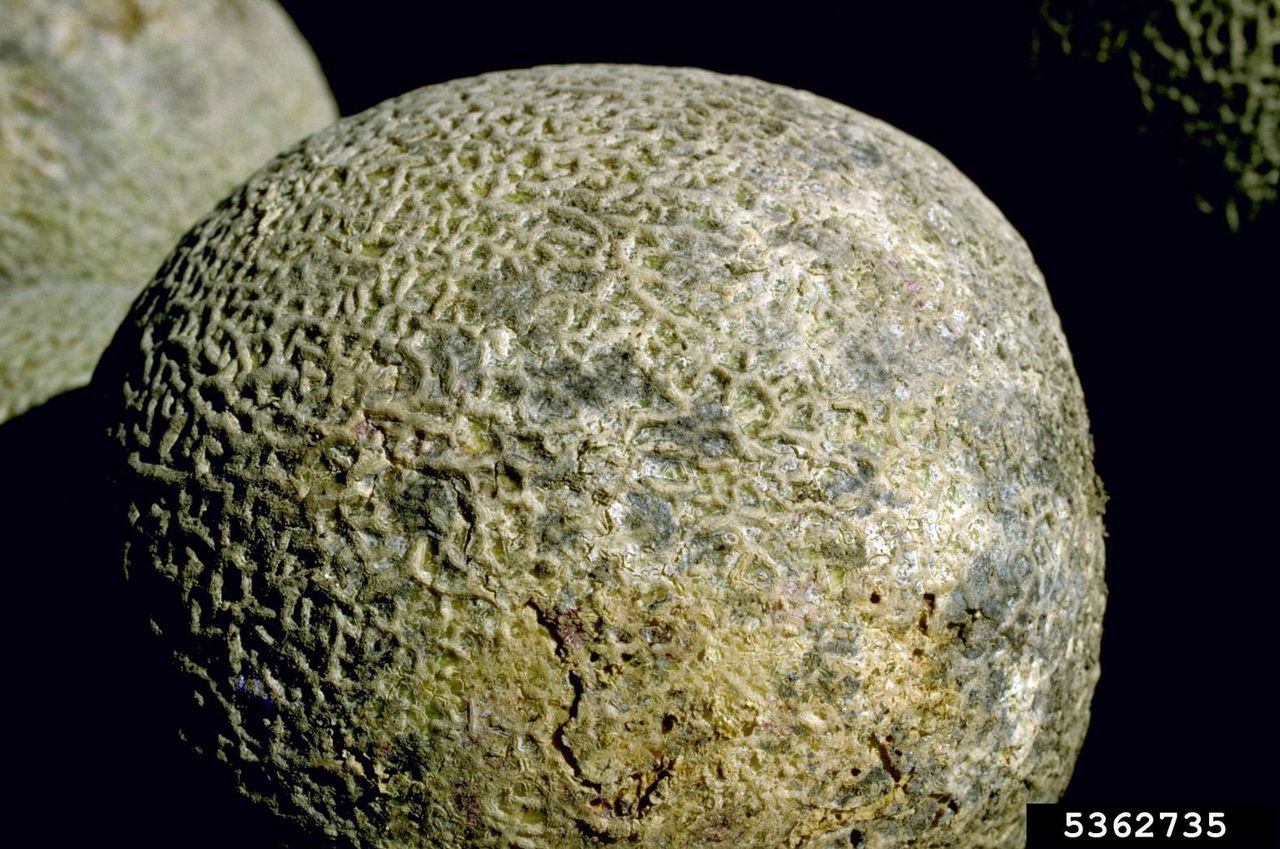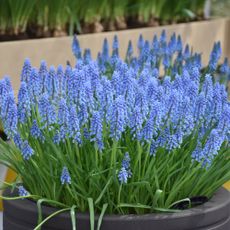Cucurbit Fusarium Rind Rot – Treating Fusarium Rot Of Cucurbits


Fusarium is one of the most common diseases of fruits, vegetables, and even ornamental plants. Cucurbit fusarium rind rot affects melons, cucumbers, and other members of the family. Edible cucurbits with fusarium rot show as lesions on the rind but develop to affect the interior flesh of the food. It often goes unnoticed in the field and is only apparent once the fruit is cut open. Knowing the early signs of the disease can save your harvest.
Symptoms of Cucurbit Fusarium Fungus
Fungal diseases come in many forms. Fusarium fungus appears as both a wilt and a rot. It is almost a case of the chicken or the egg, as to which develops first. Fusarium rot of cucurbits primarily affects melons and cucumbers, and there are numerous species of fusarium which cause the disease. Cucurbits with fusarium rot often don't show symptoms until they are harvested. The initial disease invades the fruit most often at the stem end. Mechanical injury seems to encourage infection. Secondary fungus often invades and compounds the symptoms. The plant itself may show no disease signs, minimizing the ability to diagnose the disease. Some species of fusarium cause red to purple discoloration while others create brown lesions. Cross sections of the fruit can indicate the fusarium species but little is to be done once the fruit is infected. Control of cucurbit fusarium rind rot relies upon cultural practices, fungicides, and careful handling of harvested fruits. Fusarium rot of cucurbits occurs during wet to moist ambient and soil conditions. Infection occurs most frequently where the fruit is in contact with soil. The disease appears to be contagious with harvested fruits that are diseased, infecting others in the stock. It is not known if the soil harbors the disease but it seems likely. It may also be spread by seeds from infected fruit. Good hygienic practices can minimize the spread of the disease. There are at least ten species of fusarium fungus which cause the disease. Each has a slightly different presentation but the end result is a slow spreading infection of fruit.
Prevention and Control of Cucurbit Fusarium Fungus
Good field practice can be crucial to minimizing fusarium wilt issues. Crop rotation, solarization of soil, removal of wild cucurbits which can host the disease, and verification of disease free seeds are all key to preventing the occurrence of fusarium fungus. Pre-harvest fungicides do not seem to affect the spread to a high degree but post-harvest applications are helpful. Immersing fruit in hot water for one minute or in a fungicide recommended for use on post-harvest fruit will prevent the spread of the disease to the rest of the harvest. Avoid injuring fruit which can also provide entry points for the fungus.
Gardening tips, videos, info and more delivered right to your inbox!
Sign up for the Gardening Know How newsletter today and receive a free copy of our e-book "How to Grow Delicious Tomatoes".

Bonnie Grant is a professional landscaper with a Certification in Urban Gardening. She has been gardening and writing for 15 years. A former professional chef, she has a passion for edible landscaping.
-
 Best Tomatoes For Containers: 10 Tastiest Varieties For Plentiful Produce In Compact Areas
Best Tomatoes For Containers: 10 Tastiest Varieties For Plentiful Produce In Compact AreasThese are the best tomatoes for containers that prove you don't need to have a large space or elaborate garden to grow delicious produce.
By Bonnie L. Grant
-
 Ultimate Potted Flowers For Spring: 8 Brilliant Blooming Options for Spring Containers
Ultimate Potted Flowers For Spring: 8 Brilliant Blooming Options for Spring ContainersCelebrate the most uplifting of seasons with the most dazzling container flowers imaginable. Here, we present some of the loveliest potted flowers for spring…
By Tonya Barnett